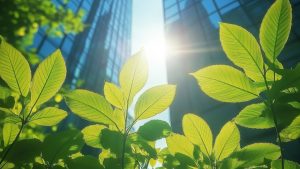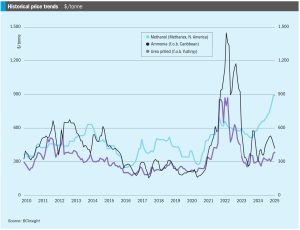
Repsol to invest in renewable methanol
Repsol has approved a historic €800 million investment in Ecoplanta, a pioneering project in Europe to transform urban waste into renewable fuels and circular products, adding a solution for reducing CO2 emissions in the transport sector, while at the same time promoting the circular economy. Located in Tarragona, the facility will be the first in Europe to produce methanol from municipal waste via a gasification process developed by Enerkem - a technology company in which Repsol is a partner – using waste that would otherwise end up in landfills or be incinerated.




